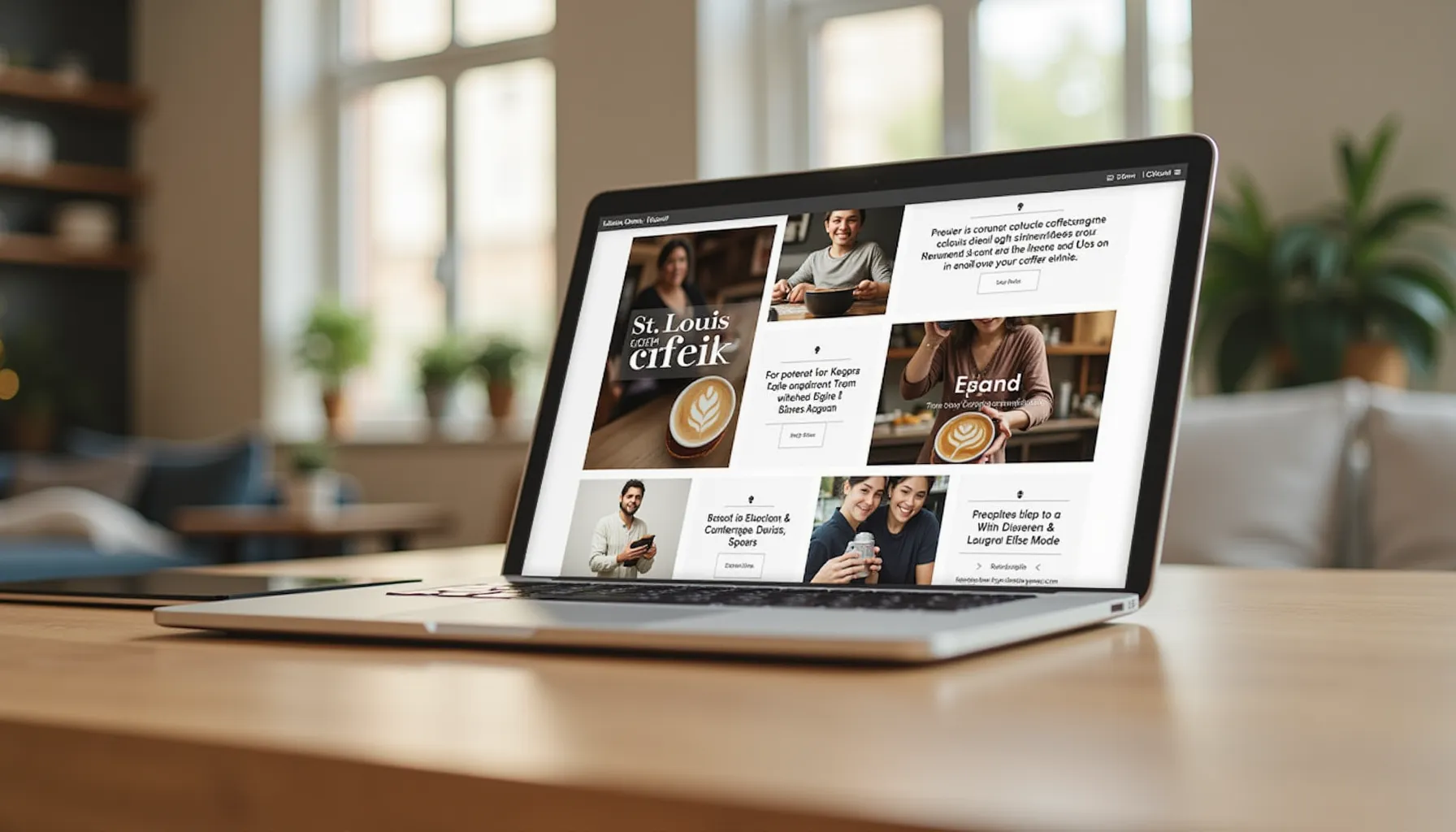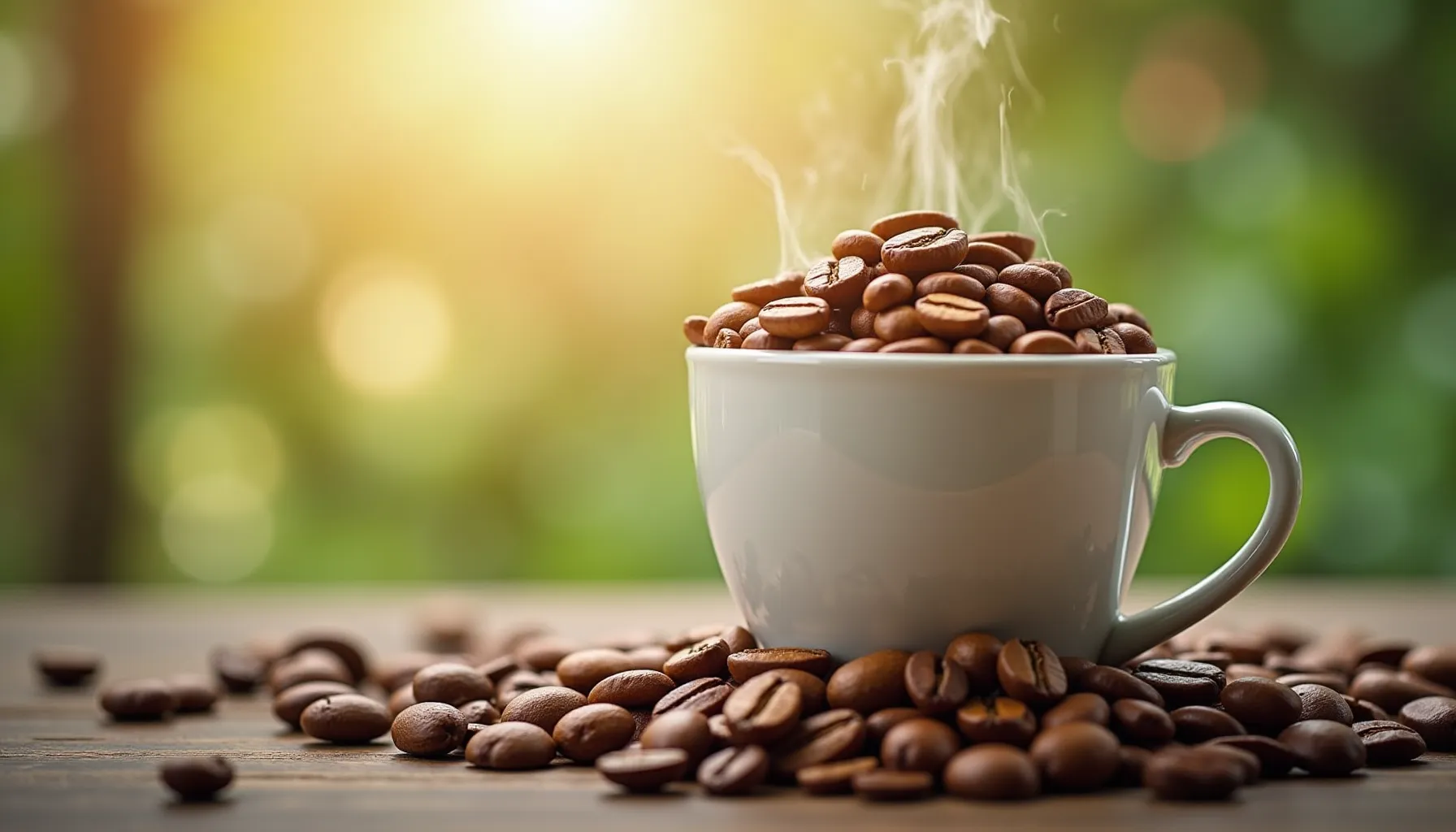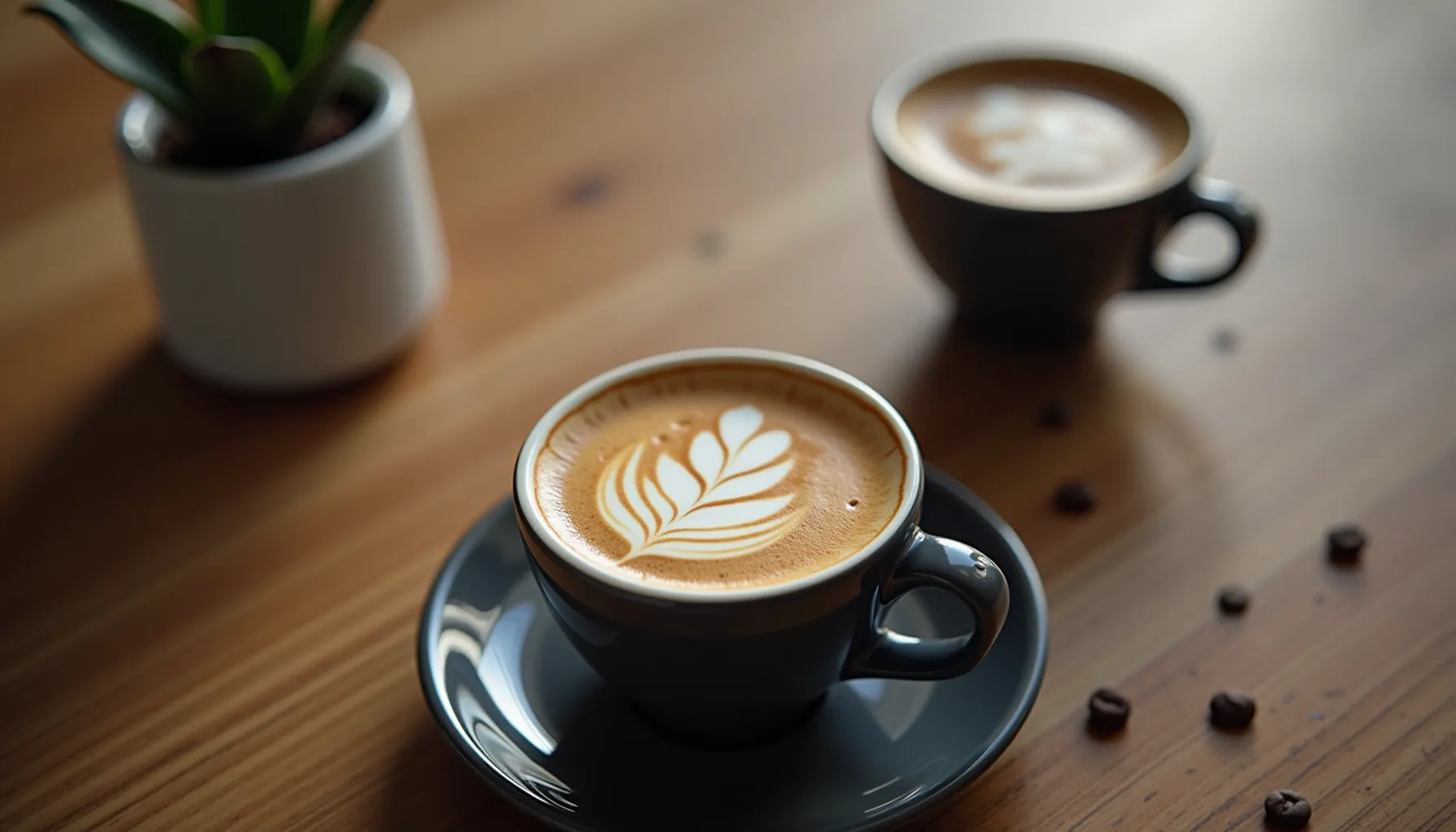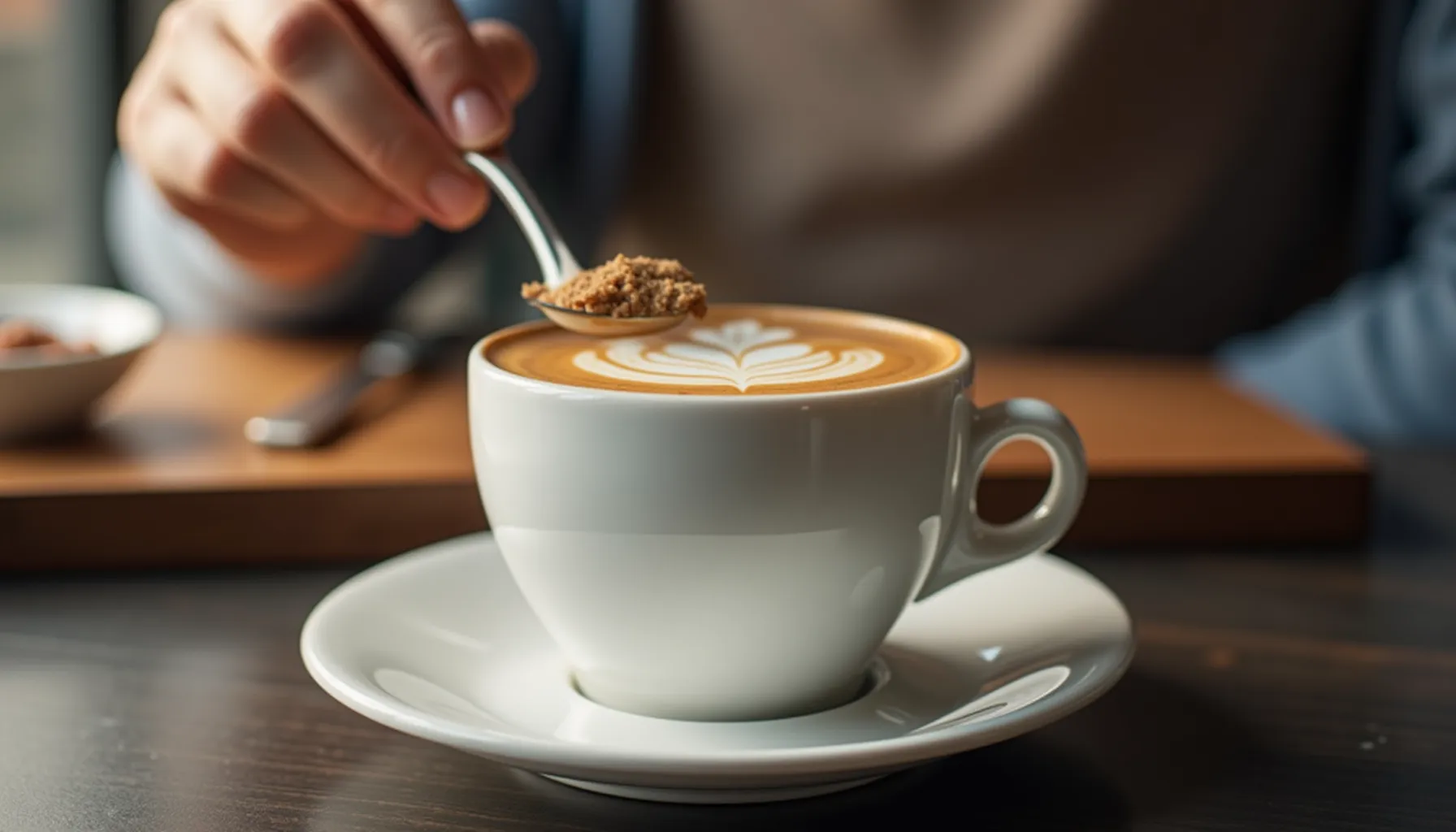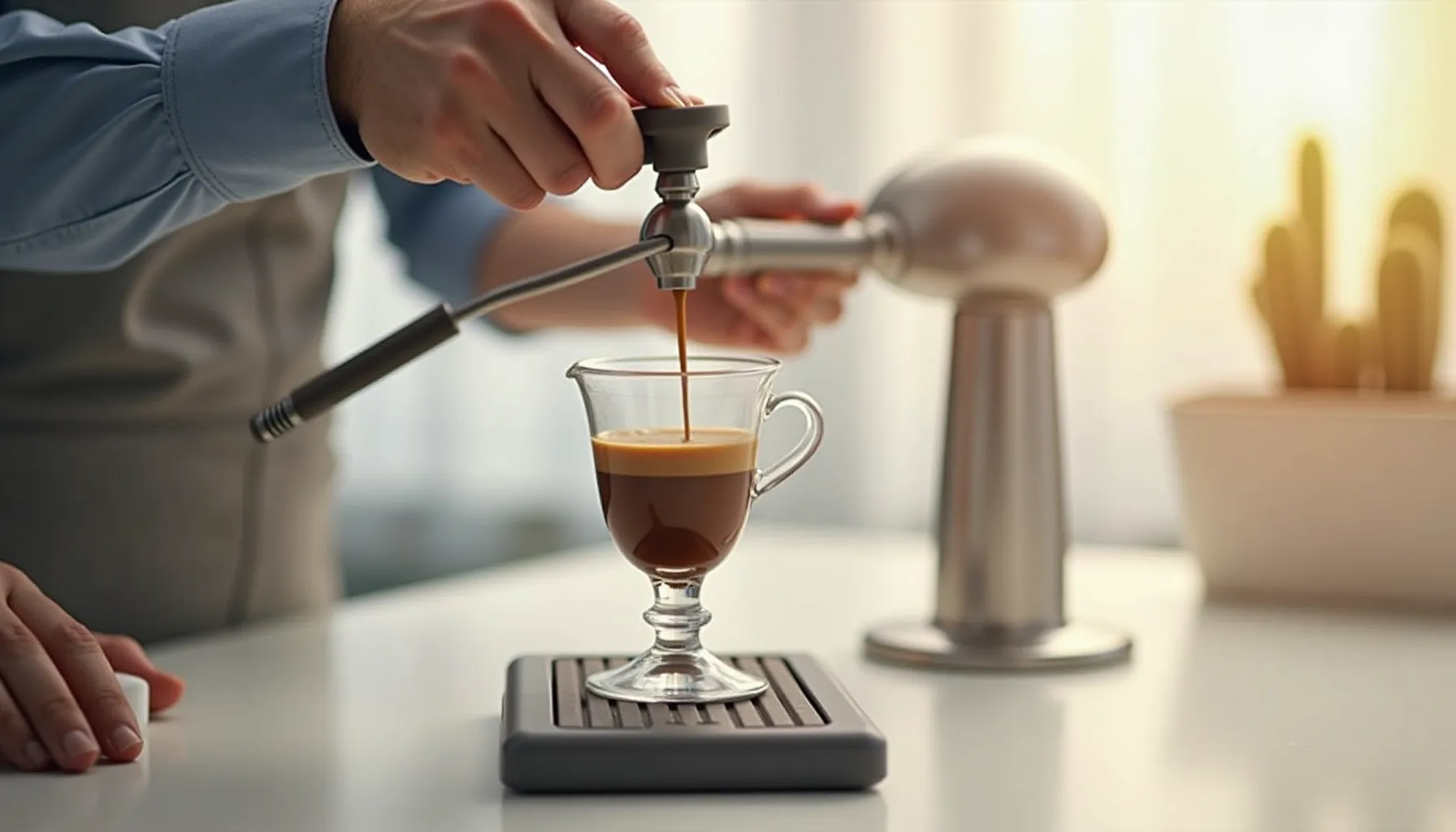How to Make Coffee: Your Complete Guide to Brewing the Perfect Cup
Have you ever found yourself pondering how to make coffee? It's a question that many of us face on a daily basis, and the answer can greatly influence our mornings and overall day. For coffee lovers and casual drinkers alike, mastering the art of brewing coffee isn't just about enjoying a warm cup; it's about creating a moment of joy in our often hectic lives. There's a certain satisfaction that comes from crafting the perfect cup, and understanding the nuances of coffee can elevate your experience from just okay to absolutely fantastic.
In this article, you'll discover various brewing methods, the science behind extraction, and the essential tools that can boost your coffee-making game. We’ll explore the fantastic world of coffee, including popular options like drip coffee makers, French presses, and cold brews, all while highlighting the importance of using quality ingredients and techniques. Get ready to dive into the journey of making coffee that perfectly suits your tastes!
Table of Contents
- Introduction: The Journey to the Perfect Cup
- Understanding Coffee Basics
- Exploring Popular Brewing Methods
- The Science Behind Brewing Coffee
- Essential Tools for Coffee Making
- Common Coffee Mistakes and How to Avoid Them
- Personalizing Your Coffee Experience
- Conclusion: Your Coffee Adventure Awaits

Why This Matters
Understanding how to make coffee isn’t merely about brewing a beverage; it’s about enhancing daily rituals and improving quality of life. For many, coffee is an essential part of the morning routine, a comforting habit that fuels productivity and social interaction. However, not everyone gets it right, which can lead to frustration and disappointment in what should be an enjoyable experience.
Many people struggle with finding the right method or the proper ingredients, often settling for mediocre coffee that fails to excite their taste buds. This is where the significance of mastering coffee brewing techniques comes into play. By understanding the nuances of coffee preparation, including grind size, water quality, and brewing time, you can transform a simple drink into a delightful experience.
Moreover, brewing coffee at home offers a sense of empowerment and creativity. It allows individuals to explore flavors, discover personal preferences, and experiment with different techniques without the need to rely on coffee shops. As we delve deeper into the world of coffee, we can appreciate its rich history and diverse culture while also refining our skills.
Ultimately, knowing how to make coffee that genuinely satisfies can lead to greater enjoyment and connection—whether it’s savoring a cup alone or sharing it with friends. Let’s explore this beautifully complex subject together, ensuring you get the most out of every brew.
Key Components of Making Coffee
To successfully brew coffee that delights the senses, there are several key components and strategies to consider. Understanding these elements can help elevate your coffee-making skills and enhance your overall experience.
1. Quality Coffee Beans
The first step in brewing great coffee is selecting high-quality, fresh beans. Look for 100% Arabica beans from reputable local roasters, as their freshness and quality will significantly impact flavor. Experiment with different roast levels—light, medium, and dark—to find your preferred profile.
2. The Right Grind Size
Grind size plays a crucial role in the extraction process. Using a grinder that allows you to adjust the grind size based on your brewing method is essential. Coarser grinds are best for French press, while finer grinds suit espresso machines. Investing in a burr grinder can provide more consistent results compared to blade grinders.
3. Water Temperature and Quality
Using the right water temperature (between 195°F and 205°F) is essential for optimal extraction. Additionally, ensure you use filtered water to avoid chlorine and other impurities that can negatively affect the taste. Quality water elevates the coffee’s flavor profile, allowing the nuances to shine through.
4. Brewing Time
Lastly, pay attention to brewing time since it affects flavor extraction. Shorter brewing times (like with espresso) bring out different flavors than longer methods (like cold brew). Familiarize yourself with recommended steeping times for each method to prevent under or over-extraction, achieving a balanced taste.
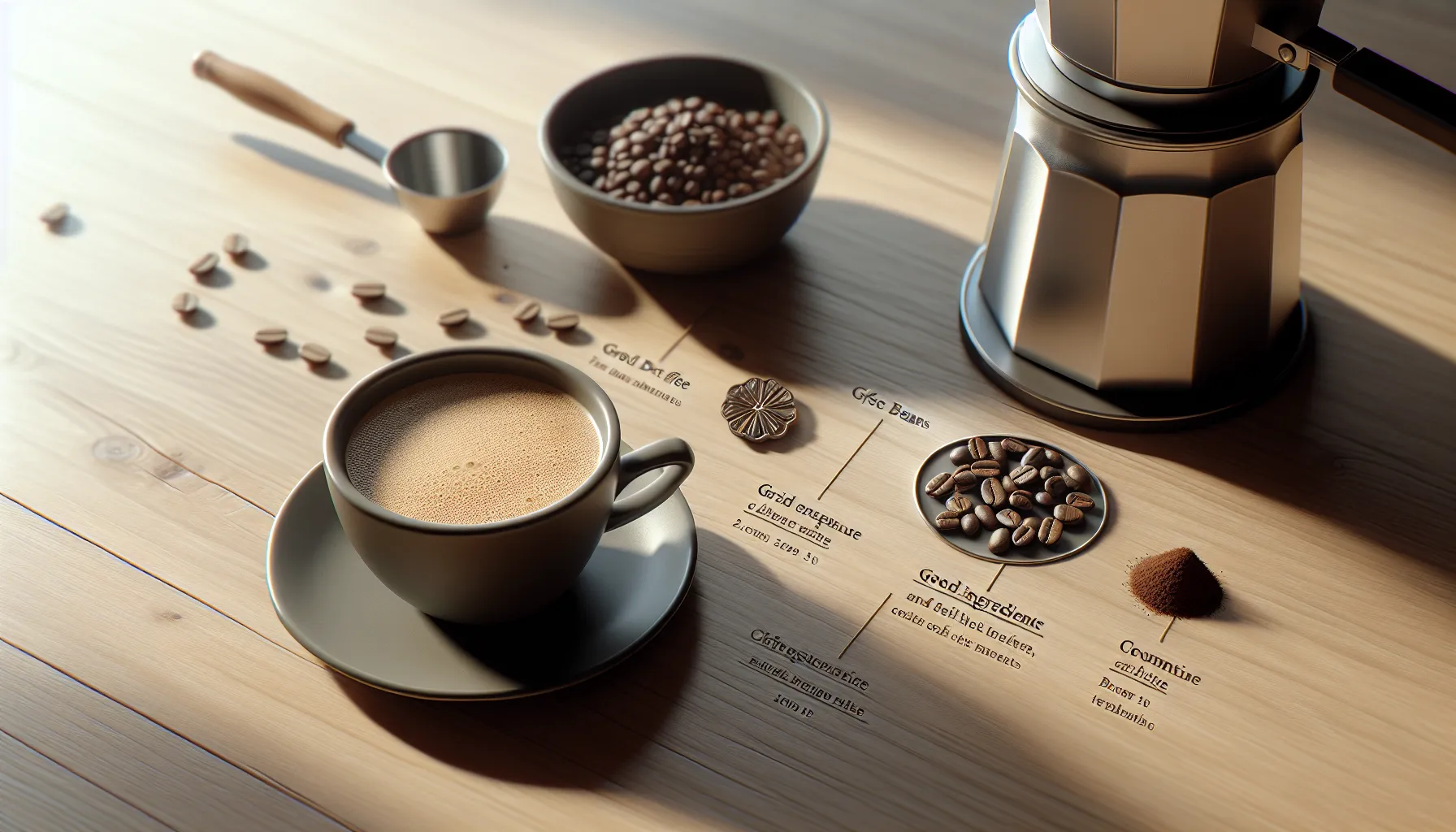
Essential Tools for Coffee Making
To brew the perfect cup of coffee, having the right tools at your disposal is crucial. Here’s a comprehensive overview of essential coffee-making tools, their benefits, and specific scenarios where they prove invaluable.
Burr Grinder
Purpose and Key Features:
A burr grinder is a staple for coffee enthusiasts. Unlike blade grinders that chop beans unevenly, burr grinders crush beans between two revolving surfaces. This ensures a consistent grind size, which is crucial for proper extraction during brewing.
Benefits:
The primary benefit of a burr grinder is consistency. A uniform grind size ensures that every coffee particle extracts equally, enhancing the flavor profile of your brew. This is particularly important for methods like espresso, where precision is key.
Use Cases:
Imagine waking up on a Sunday morning and deciding to make a café-style espresso at home. Using a burr grinder allows you to select the perfect fine grind for a smooth extraction. On the other hand, for a leisurely French press, you can opt for a coarse setting to achieve that rich, bodyful flavor. [Insert image placeholder showing a burr grinder]
French Press
Purpose and Key Features:
The French press, also known as a press pot or plunger pot, is a manual coffee brewing device. It consists of a cylindrical glass or stainless-steel container and a plunger with a fine mesh filter. This simple design allows for immersion brewing, which produces rich and robust coffee.
Benefits:
The French press captures the coffee's natural oils, leading to a full-bodied flavor. This brewing method is versatile, allowing you to experiment with different coffee grounds and steeping times to customize flavors.
Use Cases:
If you’re having friends over for brunch, the French press lets you brew multiple cups simultaneously, creating an inviting and communal atmosphere. Whether it’s a dark roast for a bold taste or a light roast for a fruity profile, the French press can handle various beans and preferences. [Insert image placeholder showing a French press with brewed coffee]
AeroPress
Purpose and Key Features:
The AeroPress is a portable coffee maker that combines the principles of espresso and drip brewing. Its compact design makes it easy to use and clean, making it a favorite among travelers and minimalists. The ability to produce strong coffee quickly is its standout feature.
Benefits:
The AeroPress provides versatility; you can experiment with different grind sizes and brew times to achieve desired strength and flavor. It’s also significantly faster than many traditional methods, making it ideal for on-the-go coffee lovers.
Use Cases:
For those early mornings where time is of the essence, the AeroPress can have your cup ready in under two minutes. Perfect for camping trips, it allows you to enjoy a quality brew without the bulk of traditional equipment. [Insert image placeholder showing an AeroPress in use]
Scale and Thermometer
Purpose and Key Features:
Investing in a digital scale and thermometer ensures consistency in your coffee-making process. A scale helps measure coffee and water accurately, while a thermometer checks the water temperature—both are critical for extracting the best flavors.
Benefits:
Using a scale and thermometer takes the guesswork out of brewing. You can follow coffee-to-water ratios precisely and maintain optimal water temperature, leading to a more controlled and enjoyable brewing process.
Use Cases:
When trying to replicate that perfect cup from your favorite café, a scale allows you to experiment with ratios, while a thermometer ensures your water is at the ideal brewing temperature. This combo is essential for anyone serious about their coffee game. [Insert image placeholder showing a scale and thermometer being used]
Best Practices for Making Coffee
To ensure a delightful coffee experience, implementing the right practices is essential. Here are some invaluable tips that can elevate your daily brew.
1. Start with Fresh Beans
Always use freshly roasted coffee beans for the best flavor. Beans begin to lose their freshness within weeks of roasting, so aim to purchase small batches from reputable roasters. Consider checking the roast date on the packaging to ensure you're using beans at their peak.
2. Invest in Quality Tools
While it’s possible to brew coffee with minimal equipment, investing in quality tools like a burr grinder, a reliable coffee maker, and a digital scale can make a significant difference. These tools help you achieve consistency and precision, leading to better-tasting coffee. Remember, high-quality equipment pays off in the long run.
3. Measure Accurately
Use a scale to maintain the correct coffee-to-water ratio, which typically ranges from 1:15 to 1:17, depending on your taste preference. Measuring ensures that you don’t under or over-extract your coffee, allowing for a balanced and flavorful cup.
4. Pay Attention to Water Quality
Since coffee is mostly water, the quality of the water you use is crucial. Opt for filtered water to remove chlorine and impurities that might affect your brew. Additionally, make sure that you’re using the appropriate temperature—aim for 195°F to 205°F for optimal extraction.
5. Experiment and Adjust
Don’t be afraid to experiment with different brewing methods, grind sizes, and coffee types. Take notes on what you enjoy and make adjustments as needed. Every palate is unique, and exploring variations is part of the coffee-making adventure!
Embrace Your Coffee Journey
In summary, understanding how to make coffee is a rewarding endeavor that can transform your daily routine into a delightful experience. From selecting high-quality beans to mastering various brewing methods, each step enhances your appreciation of this beloved beverage.
Remember, starting with fresh ingredients, investing in quality tools like a burr grinder and a French press, and paying attention to brewing details can dramatically improve the flavors in your cup. Embrace the art of experimentation—find what suits your palate and adjust your methods accordingly.
As you embark on your coffee journey, take these strategies to heart and enjoy the process. Not only will you elevate your coffee skills, but you’ll also create moments of connection, whether sipping solo or sharing with loved ones. Now, it’s time for you to grab those beans and brew your perfect cup!




